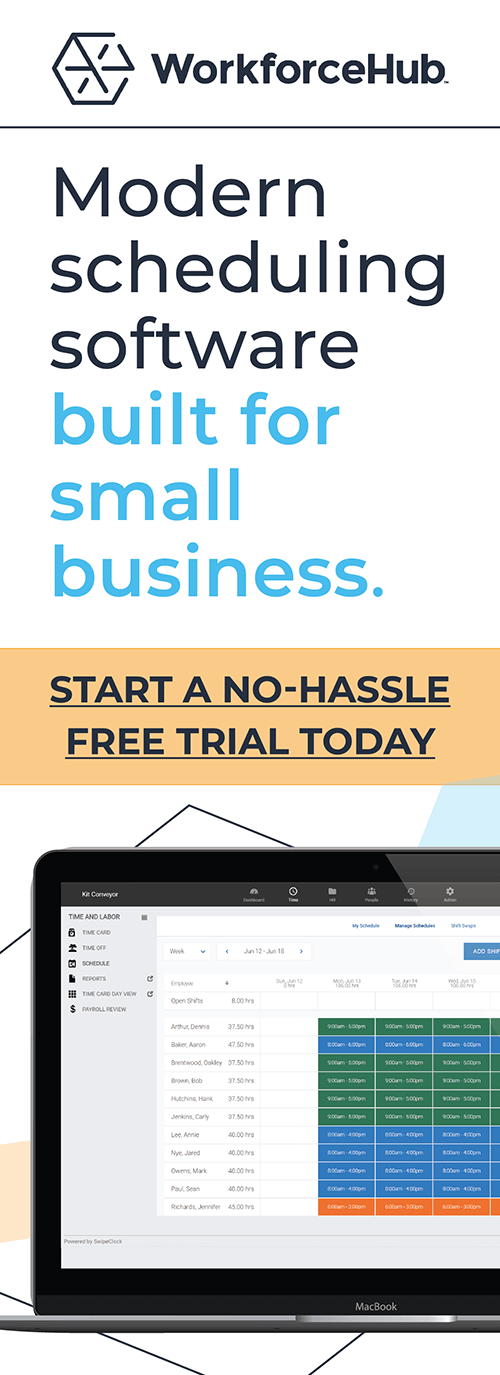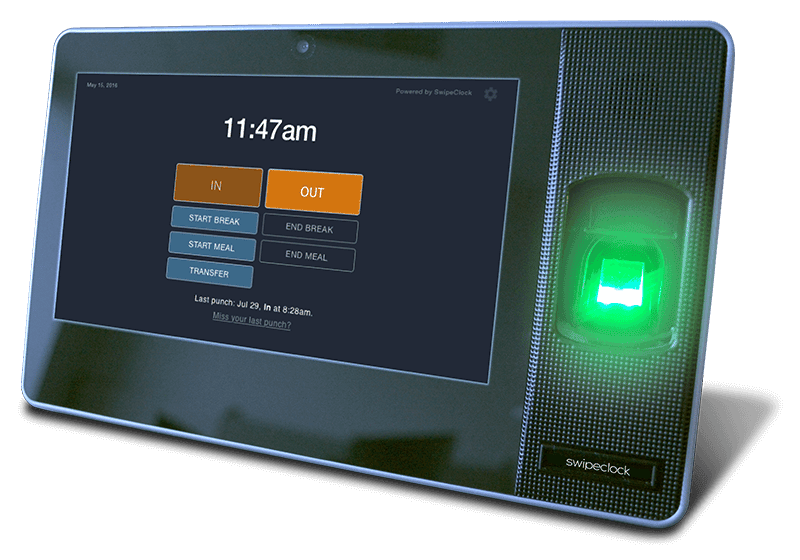7 Employee Engagement Strategies [For EVERY Small Business]

Reading Time: 4 Minutes. Use these 7 straightforward employee engagement strategies to grow your business.
Employee engagement isn’t merely the latest HR trend. It’s an urgent necessity.
And you need to be proactive!
Employee Engagement Strategies for Small Business
Before we explain the strategies, here are two preliminary steps.
First: Define Goals
Engagement involves a host of factors:
- Competence
- Motivation
- Team unity
- Loyalty
- Attendance
- Morale
Pick one or two goals to focus on. It will guide your engagement strategy.
Second: Identify Engagement Problems
What’s preventing engagement? Do employees feel like their work isn’t valued? Are they unclear about expectations?
Conduct ‘stay interviews.’ Talk to your managers. Use an anonymous suggestion box.
Now…let’s review the strategies:
7 Employee Engagement Strategies
1. Improve Onboarding
Surveys of employees who quit soon after hire reveal widespread lack of training. Better onboarding is key. It’s not difficult to improve onboarding. Use a structured, formal plan. Make it last for several months. Update your training materials. Enlist current employees to help you see where there are holes.
2. Provide Collaboration Tools
An HR system designed for small businesses improves collaboration. Documents are centralized. Everyone sees the latest version. Mobile or remote employees can access them from any connected device. Project management apps track workflows.
3. Create Real Time Transparency
Make sure employees at every level know your mission and business goals. Keep employees continually in-the-know regarding the status of projects. Help them see how their efforts contribute to results.
Engagement software can be as, well, ‘engaging’ as a video game. Some phone sales businesses show activity on a large screen. Many employees thrive on competition. Immediacy makes anything more interesting.
If you have just a few employees, you could send a weekly text with KPIs.
4. Helps Managers Motivate
If supervisors don’t know what’s going on, they can’t guide their teams. A manufacturing supervisor can see how many units the team produces. In other workplaces, it’s more difficult. Especially for remote teams. Engagement software allows you to monitor online activity. Are your teams on company apps? Project management software? Restricted sites?
5. Recognize and Reward Performance
Once you measure productivity, give feedback. Or tangible rewards. Like gift cards or movie tickets.
Don’t underestimate the importance of feedback. Lack of appreciation can drive people to quit. Positive feedback can improve tenure—even if wage increases are modest.
Employee timekeeping apps show employees with punctuality and attendance. It shows those who are willing to stay late when asked. It shows those who return promptly from lunch.Those that don’t abuse breaks.
Measure and reward appropriately. Do it often.
6. Consider Piece Rate
Consider switching hourly workers to partial piece rate.
Piece rate is a fixed amount for each unit produced or other measure of productivity.
When workers can earn more per hour than their base salary, it can spur engagement and productivity. You can even adapt piece rate to field service. Manufacturers with both onsite and at-home workers use this model.
Piece rate can make repetitive work more engaging. Employees can earn more money per hour if they stay on task.
Compliance Issues For Piece Rate
Make sure you maintain quality control and safety. Stay compliant with labor laws. Fair Labor Standards Act minimum wage, overtime, and recordkeeping regulations still apply.
Always Track Hours
If you have offsite employees you must still track their hours. You must pay legal minimum wage and overtime. Use an affordable online timekeeping app.
7. Duplicate Practices of Top Employees
Some employees think outside the box. They fix problems. They are problem-solvers. These are the ones you want to keep!
Project management apps include custom workflows. Use the software to document processes. Include these in your engagement programs. And in your onboarding.
Train all employees on the improved methods. Update onboarding and training to 1) Encourage new hires to discover improved techniques. 2) Train both new hires and existing employees when you update processes.
How Engaged Employees Help Your Business
Engaged employees stay with your business. This increases the collective experience of your workforce. Overall competence depends on engagement.
Experienced employees can mentor new hires. When employees stay longer, you spend less on recruiting, hiring, and onboarding.
Engaged employees are more invested. This improves performance. And they take better care of your customers.
When you boost engagement, you increase productivity. Success breeds success.
Use workforce management software with engagement tools. Employee time and attendance software is a must.
We wish you success as you use these engagement strategies.
Simplify HR management today.
Simplify HR management today.
The Importance of Facial Recognition Time Clocks for Small Businesses
Updated April 17, 2024 A facial recognition time clock is no longer a luxury. Advanced biometric clocks are a must-have for today’s workplaces. A facial recognition time clock is the best technology for tracking employee time. It solves a multitude of problems employers are facing with their workforces. What is a Facial Recognition Time Clock?…
Read MoreEmployee Time Clock Hardware: Which is the Best?
Updated April 9, 2024 What is employee time clock hardware? An employee time clock is a hardware device for tracking work time. To use it, employees ‘punch’ in/out or ‘clock’ in/out. The term ‘punch in’ stems from early employee time clock hardware that required a physical card. With a traditional mechanical time clock, the process…
Read More





